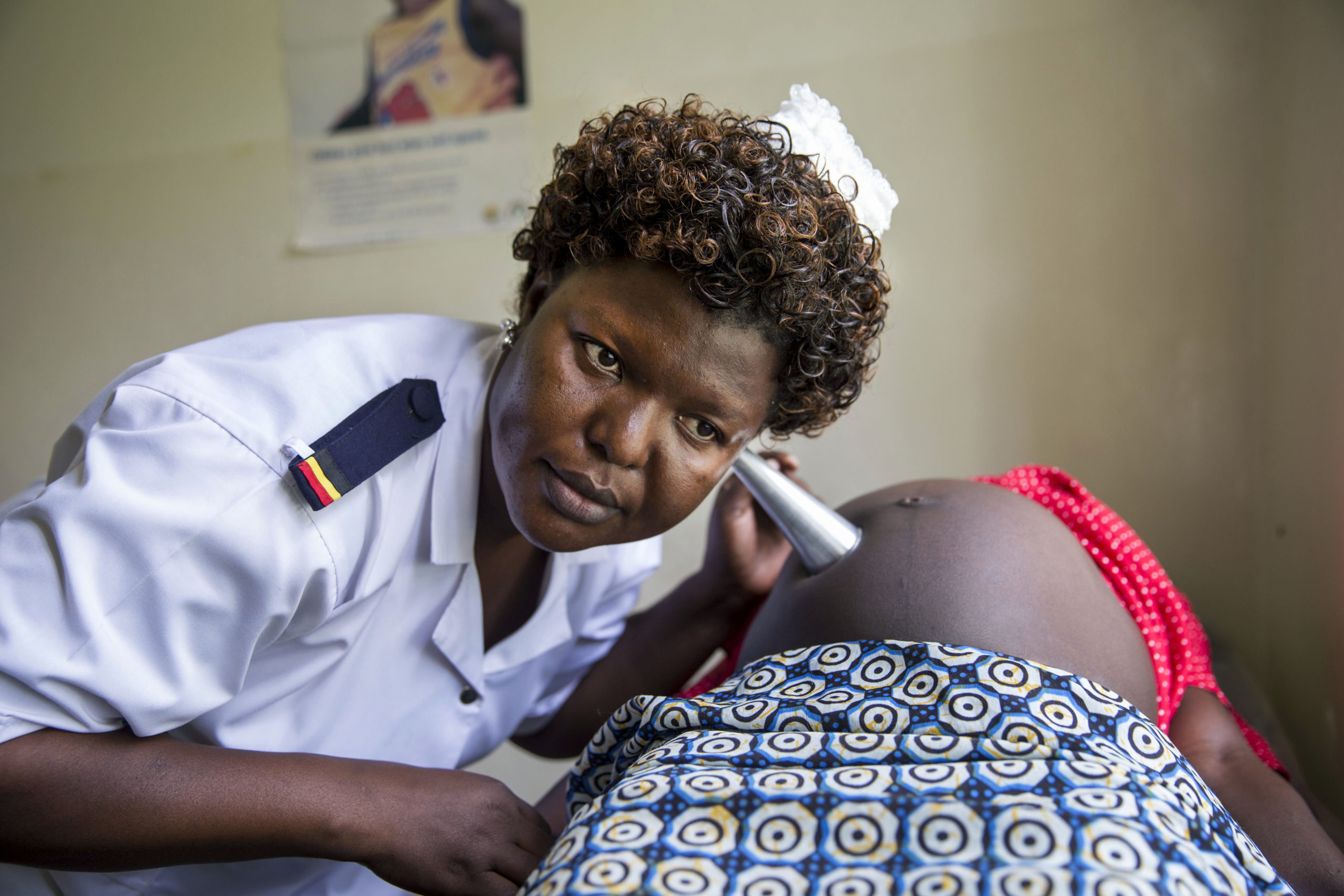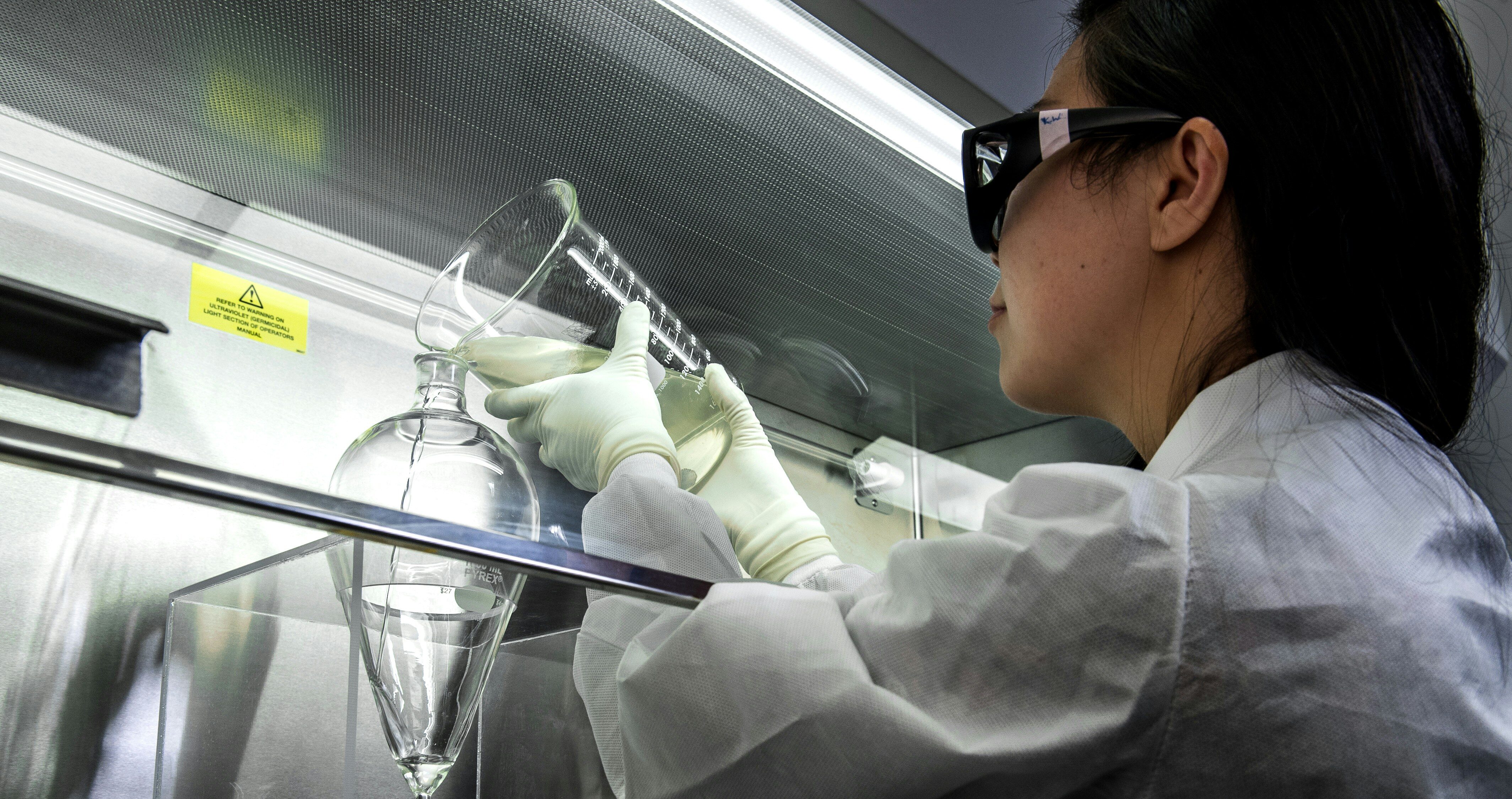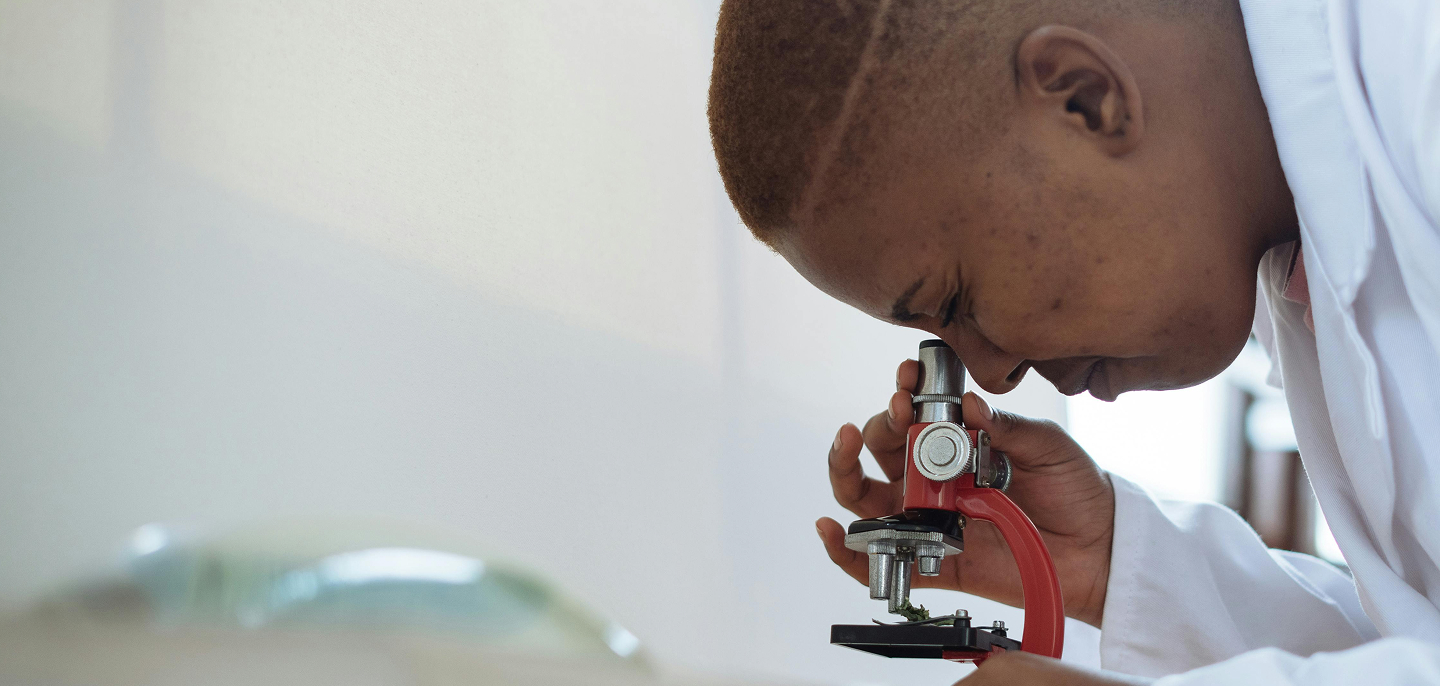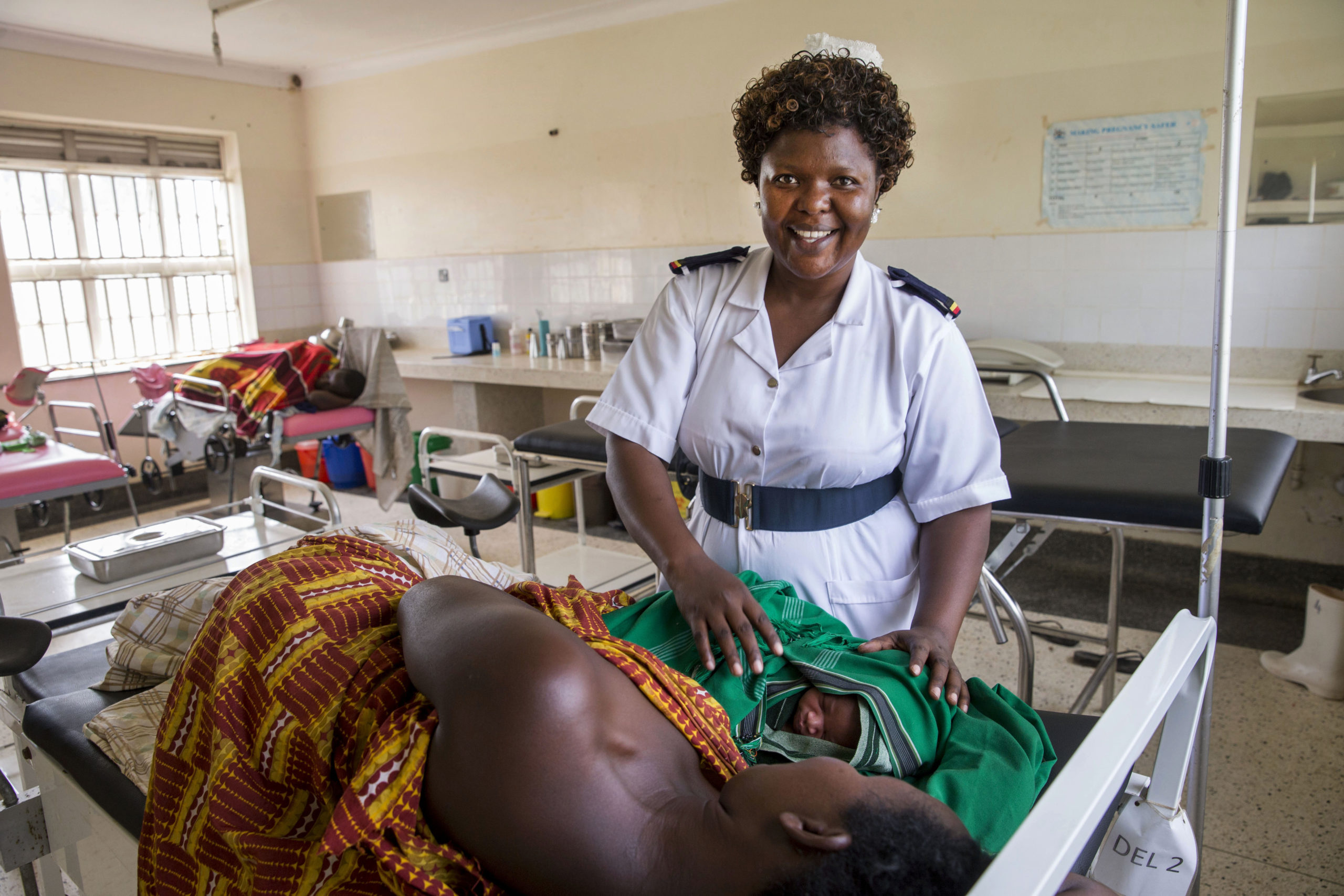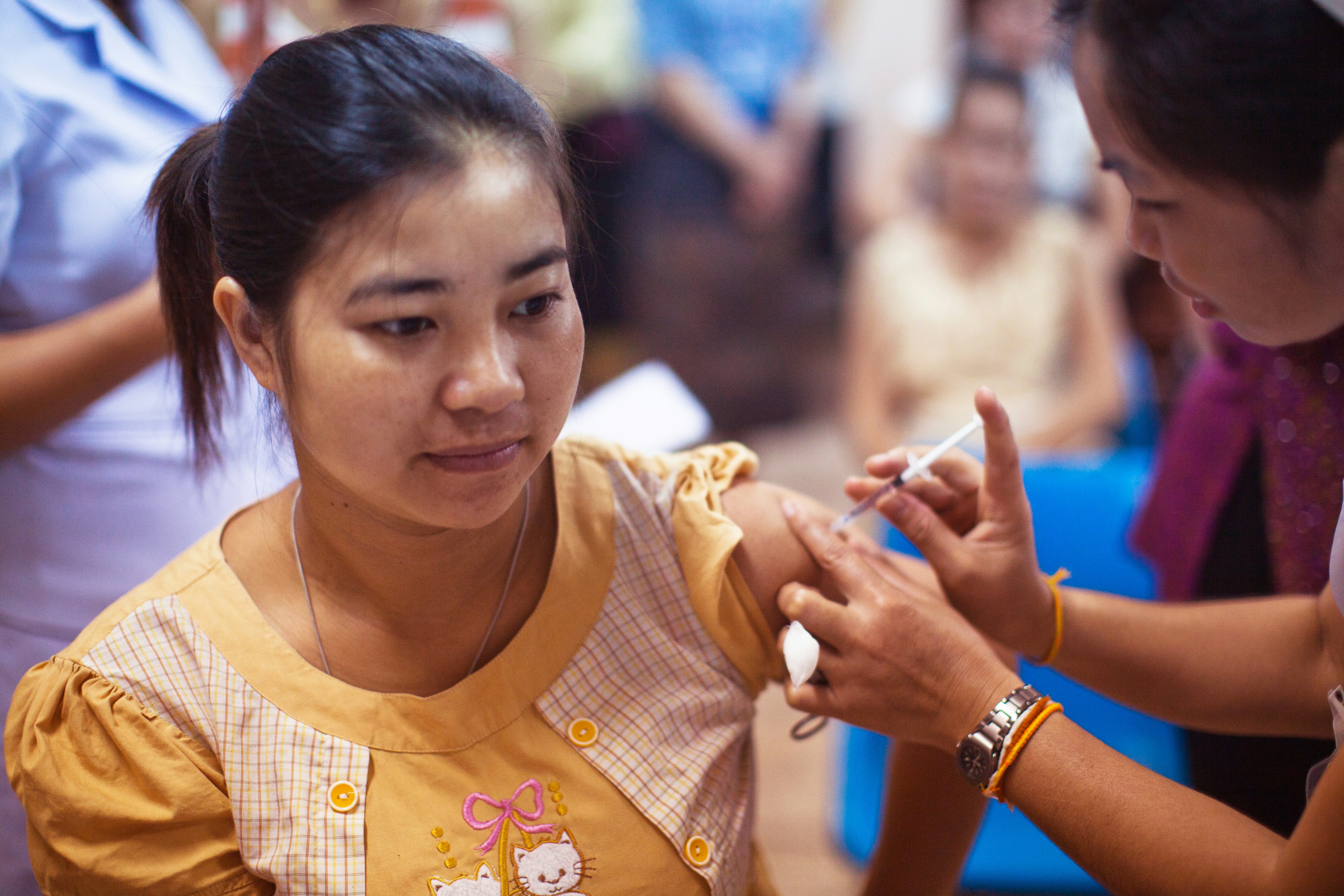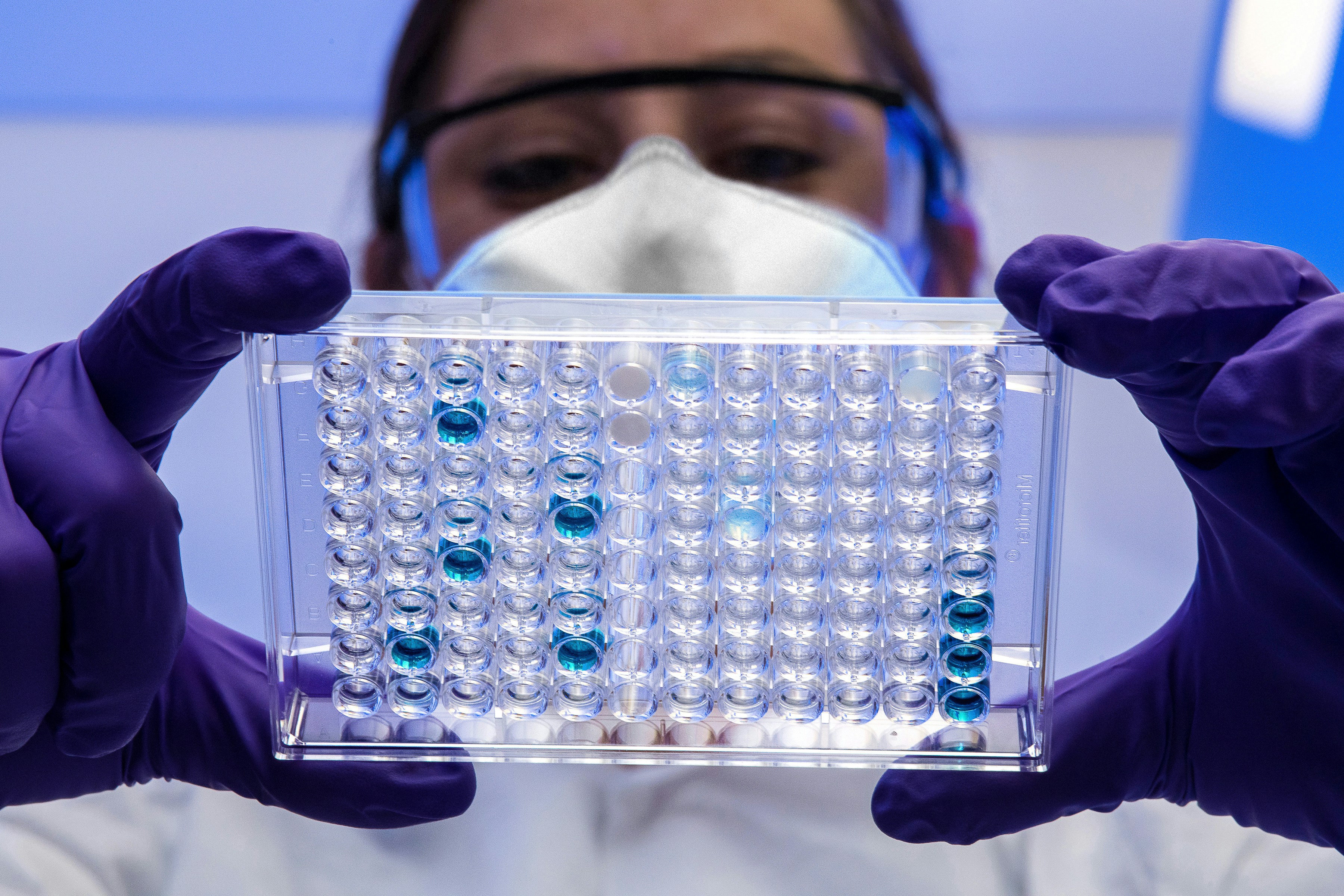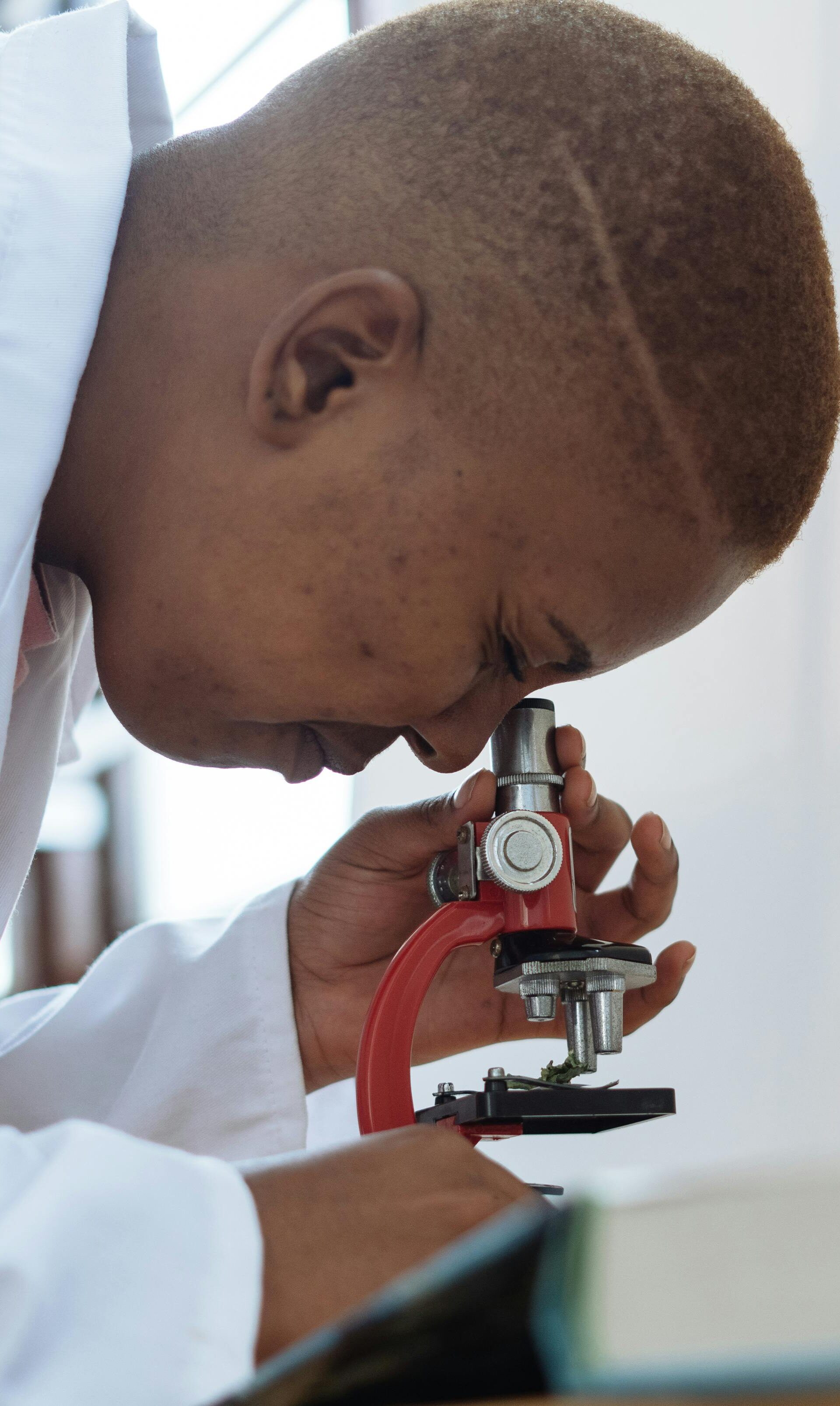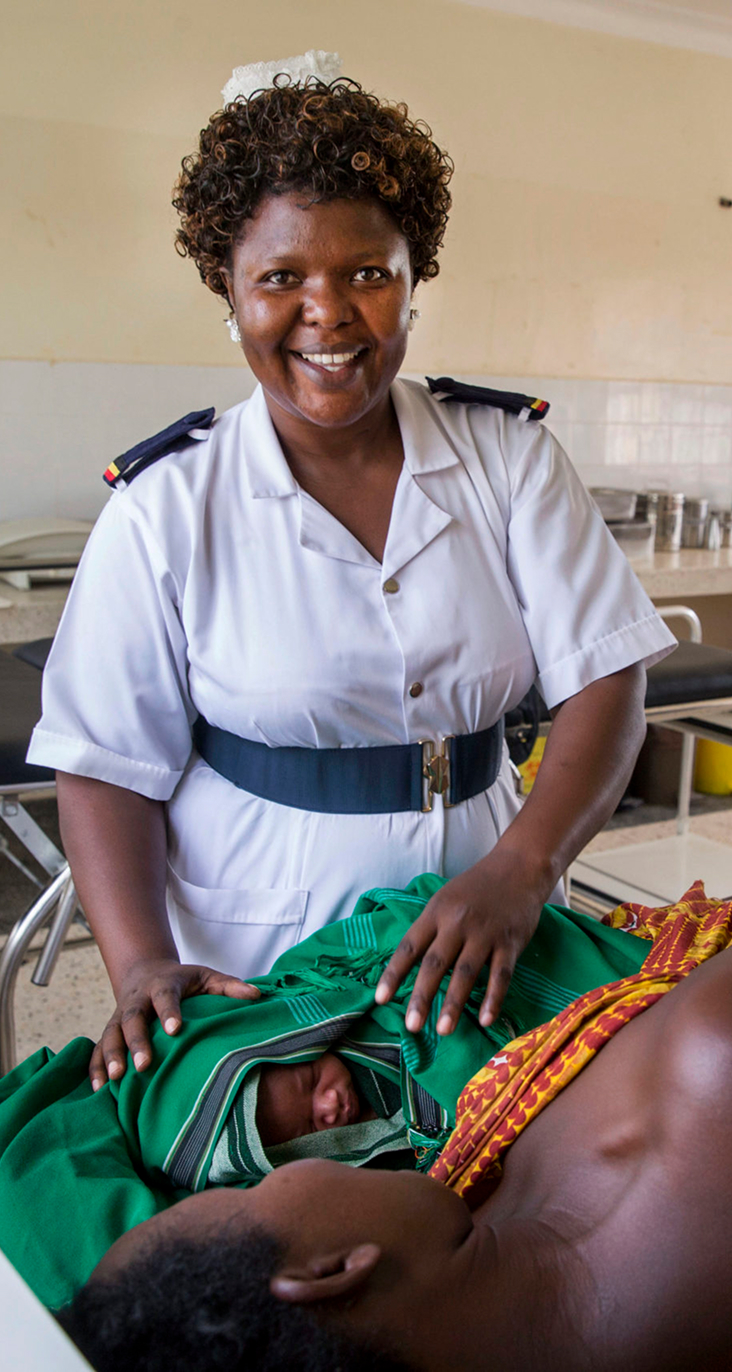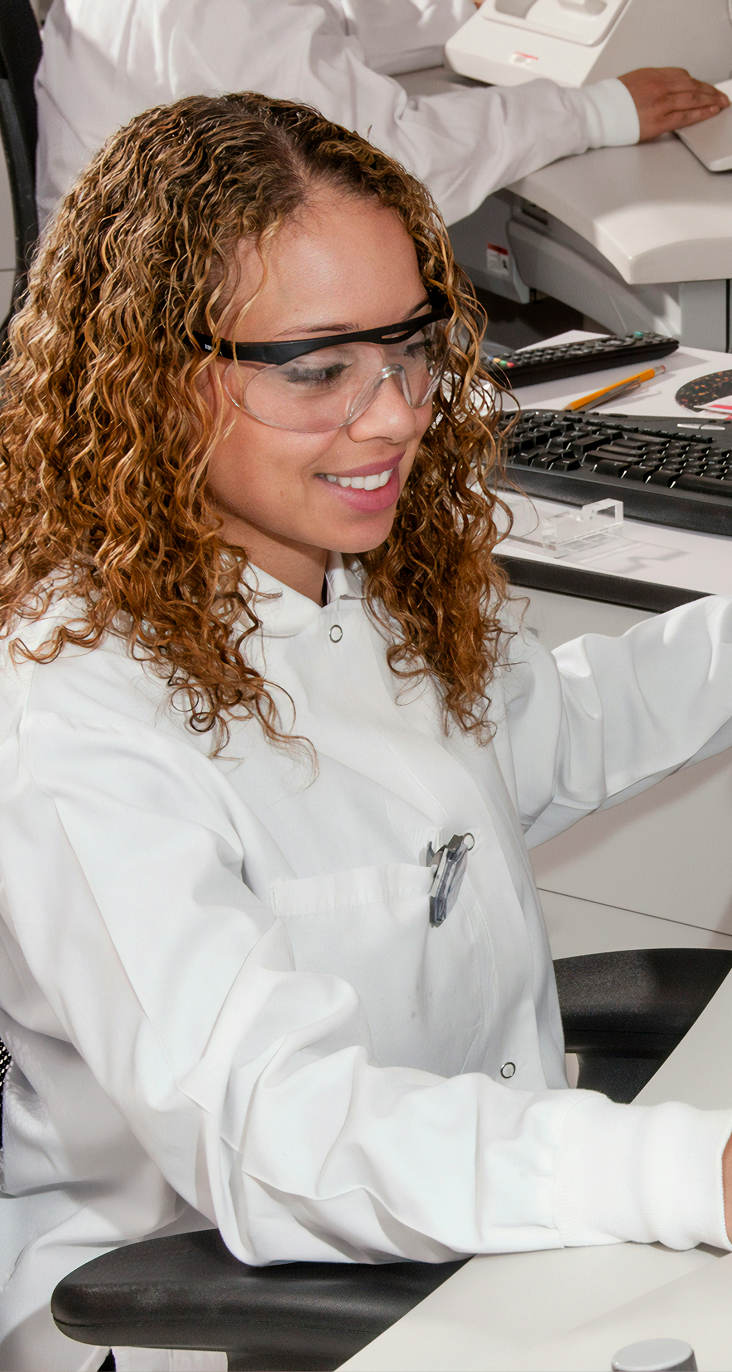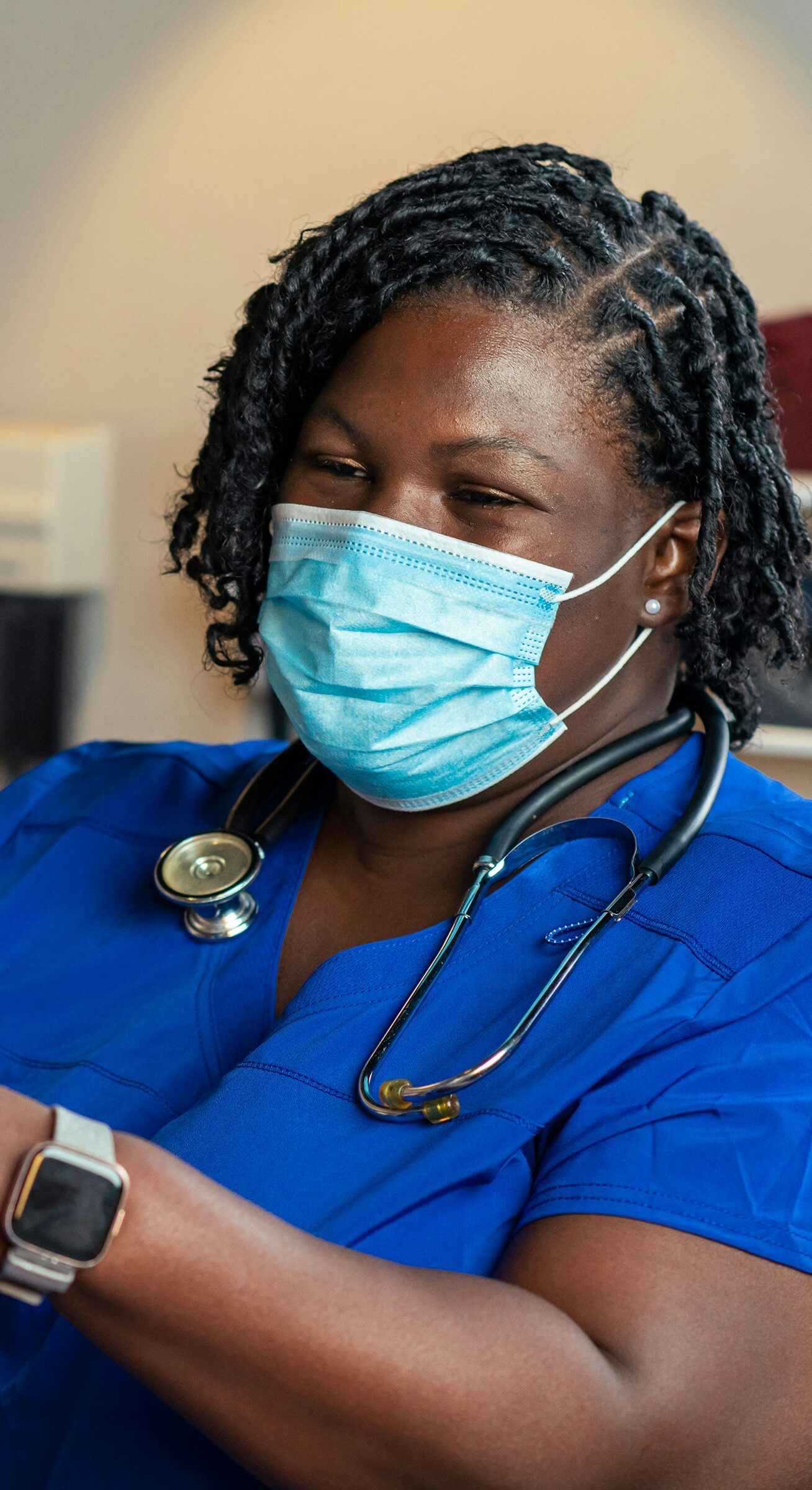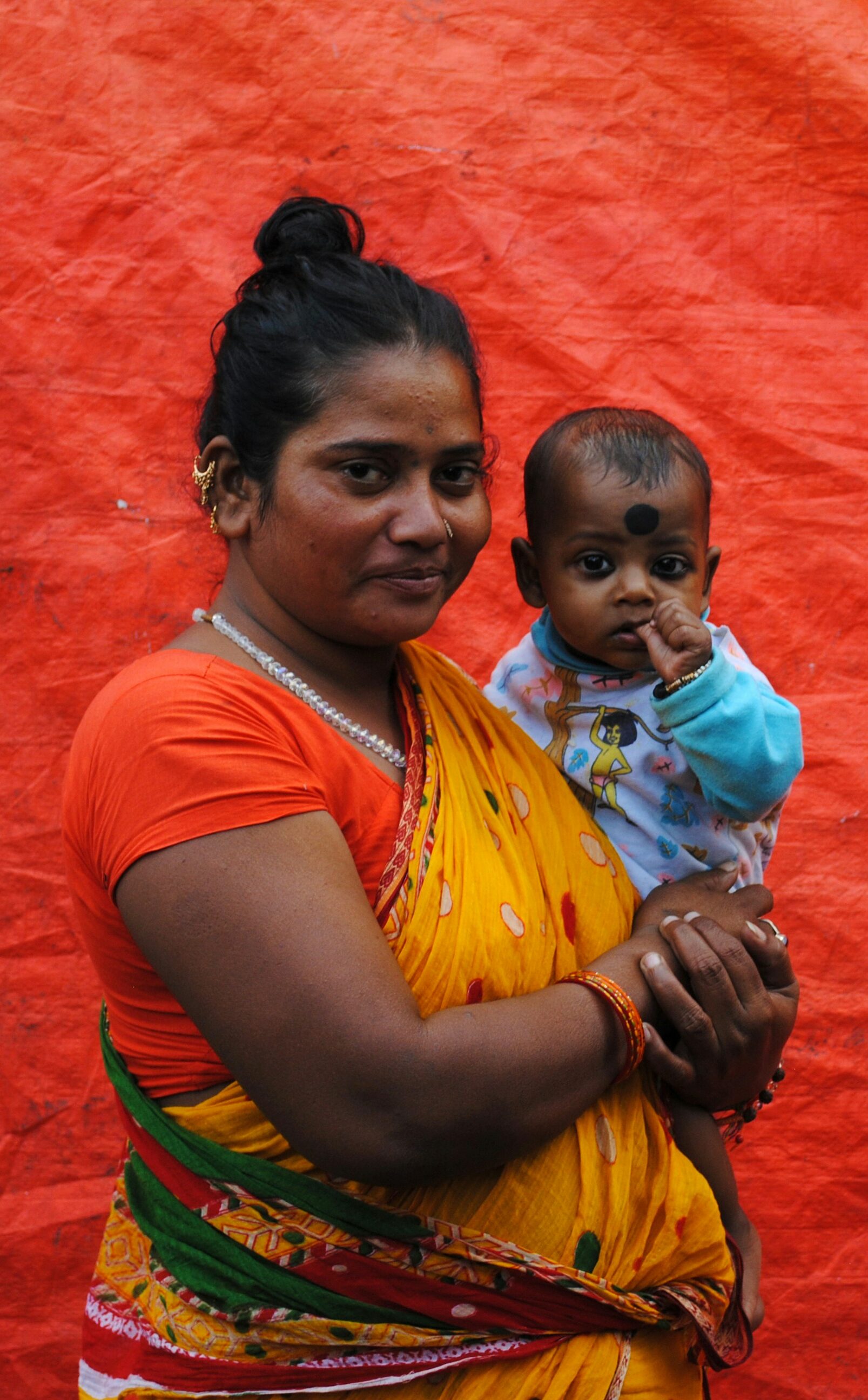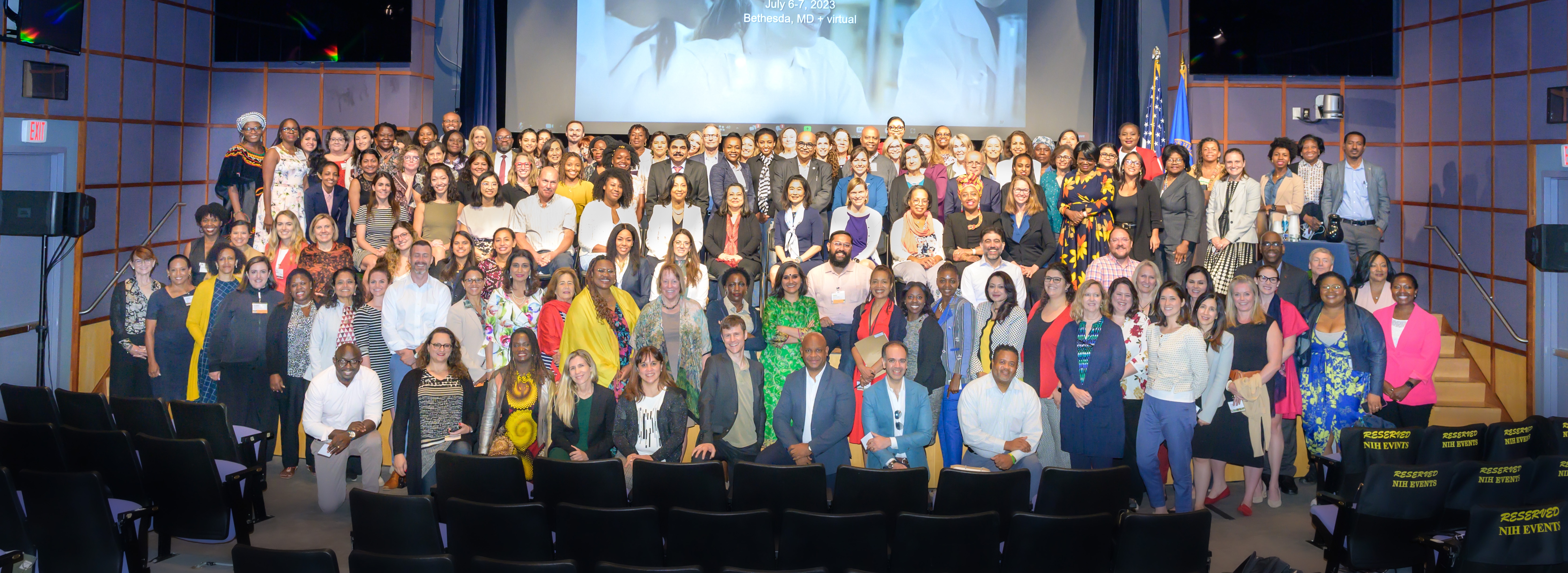
Women’s Health Innovation
Opportunity Map

For too long, women’s health R&D has been pushed to the margins—rarely receiving the attention, funding, or urgency it deserves.
Despite making up half the world’s population, women remain underrepresented in biomedical research and clinical trials, even for conditions such as cardiovascular disease that disproportionately affect women.

Women’s health is not only a moral imperative—it’s also one of the smartest investments we can make.
Equitable investment in women’s health leads to not just financial returns, but also expansive health and social benefits. Women who lead longer, healthier lives improve the health of their families and contribute to the workforce, leading to more resilient communities and thriving economies. Innovations tailored to women’s unique health needs have the power to save millions of lives and generate billions in economic returns.
The Women’s Health Innovation Opportunity Map
The Opportunity Map identifies 50 high-potential opportunities across 10 priority innovation areas—offering a strategic roadmap for researchers, investors, policymakers, and other stakeholders committed to advancing women’s health. It highlights the most promising opportunities based on their potential for impact, scalability, and contribution to health equity, and presents clear, actionable strategies to drive progress over the next 15 years.
Cross-Cutting Topics
Issue-Specific Topics
Partnerships
All Opportunities
Explore all 50 opportunities to build the foundations for equitable innovation globally.
About the Innovation Equity Forum
The Women’s Health Innovation Opportunity Map was commissioned by the Innovation Equity Forum, a cross-sector initiative of nearly 250 experts and stakeholders from over 50 countries.
This diverse group brings together perspectives from multiple regions and sectors dedicated to advancing women’s health. Established through a collaboration between the Gates Foundation and the National Institutes of Health, the Forum was originally convened in 2023 to develop the Opportunity Map. Today, with the support of the Gates Foundation, the Forum continues to meet monthly to translate identified opportunities into action and drive accountability across the women’s health R&D field.
Get Involved
Join us in shaping the future of women’s health innovation.
Whether you’re interested in becoming an Innovation Equity Forum member or simply staying informed, we welcome your ideas, expertise, and energy. Let us know how you’d like to engage.
